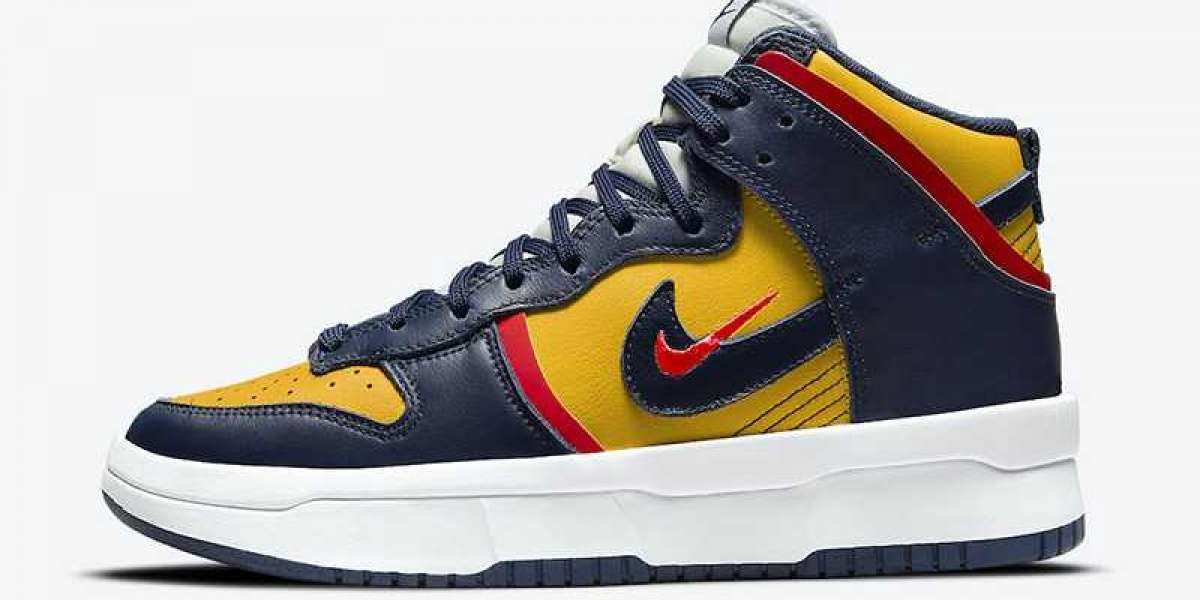In beauty products, visual appeal plays a crucial role in attracting customers and effectively conveying brand messages. Beauty product photography serves as a powerful tool to showcase the essence, quality, and allure of cosmetics, skincare items, fragrances, and more. However, understanding the art of beauty product photography and determining its pricing can be intricate processes influenced by various factors. In this article, we delve into the nuances of beauty product photography and explore how pricing is determined in this specialized niche.
The Art of Beauty Product Photography
Beauty product photography is more than just capturing images; it's about storytelling, evoking emotions, and highlighting the unique features of each product. Every detail matters in creating compelling visuals that resonate with the target audience, from vibrant lipsticks to luxurious skincare packaging. Here are key elements involved in the art of beauty product photography:
- Lighting and Composition: Proper lighting techniques are crucial in accurately showcasing product textures, colors, and finishes. Soft, diffused lighting is often used to minimize harsh shadows and create a flattering glow around products. Composition plays a role in framing products attractively, emphasizing key features, and creating visually appealing layouts.
- Props and Backgrounds: Props like floral arrangements, beauty tools, or thematic elements can enhance product storytelling and create aspirational images. Whether minimalist, textured, or thematic, background choices contribute to the overall mood and aesthetic of the photography.
- Product Styling: Careful arrangement of products, strategic placement of labels or logos, and attention to details like product angles and reflections contribute to creating polished and professional images.
- Post-Processing: Editing techniques in post-processing, such as color correction, retouching, and enhancing product details, ensure that the final images meet industry standards and align with brand aesthetics.
Factors Influencing Pricing in Beauty Product Photography
Determining pricing for beauty product photography involves considering multiple factors contributing to the final images' complexity and quality. Here are key considerations that influence pricing:
- Scope of Work: The scope of work encompasses factors such as the number of products to be photographed, variations (different shades, sizes), additional angles or close-ups required, and any specific styling or creative concepts requested by the client.
- Photographer's Experience and Expertise: Experienced photographers with specialized skills in beauty product photography often command higher rates due to their proficiency in lighting techniques, product styling, and post-processing workflows that enhance the overall quality of images.
- Equipment and Resources: High-quality photography equipment, including cameras, lenses, lighting setups, and studio space, contribute to achieving professional-grade results. Costs associated with equipment maintenance, props, backgrounds, and studio rentals may influence pricing.
- Creative Direction and Collaboration: Collaborative efforts involving creative directors, stylists, makeup artists, and retouchers can add value to beauty product photography projects, leading to more intricate and impactful visuals. Costs related to collaborative services may be factored into product photography pricing.
- Usage Rights and Licensing: The intended usage of images, whether for e-commerce websites, print advertising, social media campaigns, or editorial purposes, affects pricing based on licensing agreements, usage duration, and exclusivity requirements.
- Turnaround Time and Deliverables: Timelines for photo shoots, post-processing turnaround times, and deliverables such as high-resolution images, web-ready formats, and retouched versions influence pricing structures.
Navigating Pricing Structures
Beauty product photography like makeup product photography, pricing structures can vary widely based on the above factors and industry standards. Common pricing models include:
- Per-Product Pricing: Charging a flat rate per product photographed, with considerations for variations and additional shots.
- Hourly or Daily Rates: Charging based on the photographer's time spent on the shoot, including setup, photography, and post-processing.
- Project-Based Pricing: Creating custom quotes based on each project's specific requirements, scope, and deliverables.
- Package Deals: Offering bundled packages for multiple products or recurring photo shoots, often providing cost savings for clients.
To ensure smooth collaboration and satisfactory outcomes, photographers and clients must have clear communication and expectations regarding project details, deliverables, usage rights, revisions, and payment terms.
Conclusion
Beauty product photography is a specialized art form that requires technical expertise, creative vision, and attention to detail to effectively capture the essence and allure of beauty products. Pricing for beauty product photography is influenced by factors such as scope of work, photographer's expertise, equipment, creative direction, usage rights, and deliverables.
